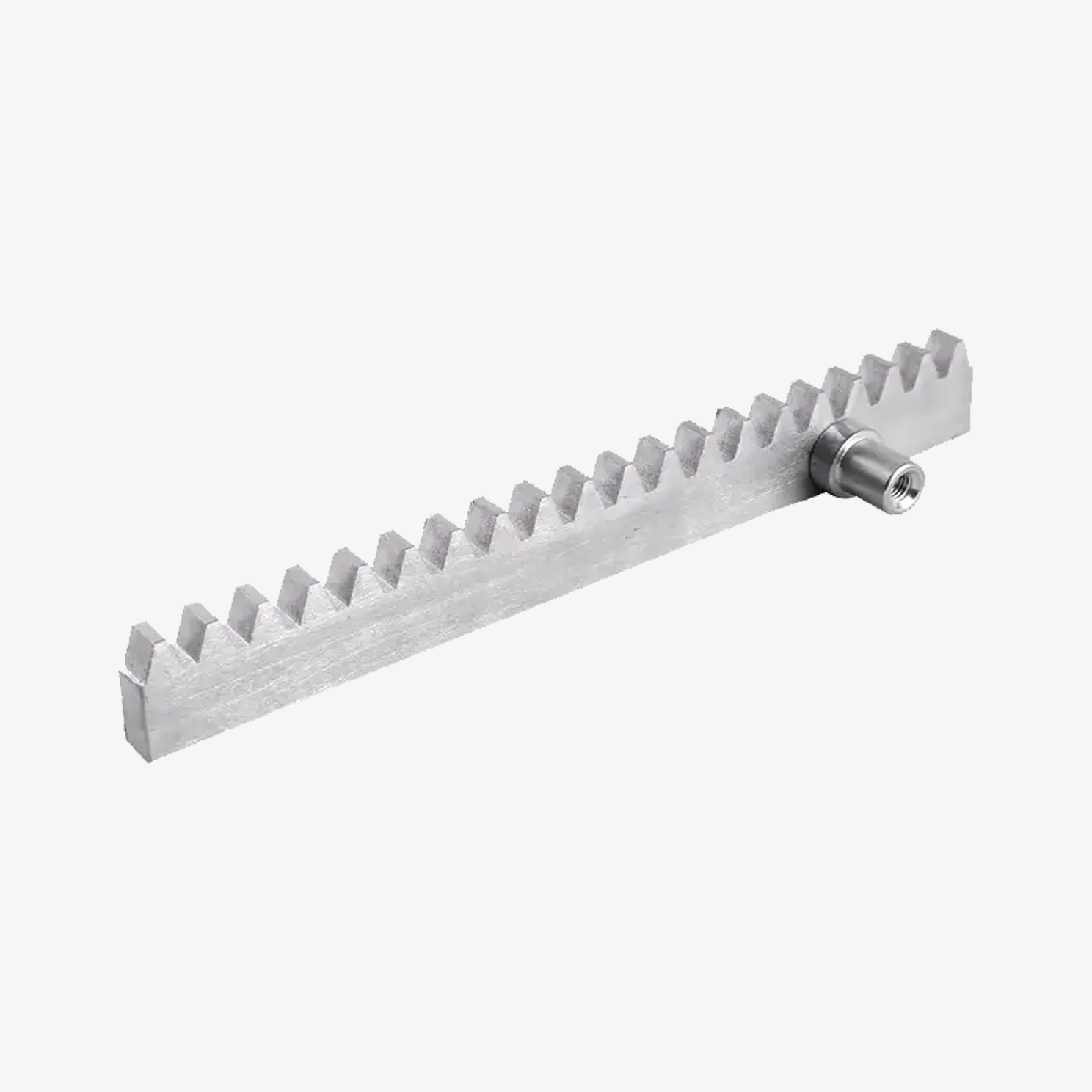No. 200 Gaoxin RD, Shanghua St, Lanxi, Zhejiang, P. R China
The multiple sizes high precision rack pinion gear system is an essent...
See DetailsIn industrial machinery, the Industrial Square Straight Gear Rack And Pinion system plays a crucial role in enabling linear motion from rotary input. These mechanical components are widely utilized in various sectors such as manufacturing, construction, robotics, and automation equipment. Choosing the right materials for an Industrial Square Straight Gear Rack And Pinion is fundamental to ensuring durability, performance, and cost-efficiency.

Material selection is a critical design decision for any Industrial Square Straight Gear Rack And Pinion. The gear rack serves as a linear gear, while the pinion functions as the rotary gear that meshes with the rack. Both components undergo repeated stress, friction, and varying loads depending on their applications. Therefore, the choice of material must reflect both the mechanical and environmental demands placed on the system.
Mechanical Strength and Load Requirements
One of the considerations is the strength of the material. The Industrial Square Straight Gear Rack And Pinion must be able to withstand the operational loads without deforming or failing. Typically, materials like hardened steel, alloy steel, and stainless steel are selected for heavy-duty applications. For example, carbon steel alloys such as 1045 or 4140 are known for their high tensile strength and are commonly used for high-load environments. These materials ensure that the Industrial Square Straight Gear Rack And Pinion maintains structural integrity under continuous stress.
Wear Resistance and Surface Hardness
The continuous engagement between the gear rack and pinion can result in surface wear over time. To combat this, surface hardness is a key consideration. Heat treatment processes such as carburizing, nitriding, or induction hardening are often applied to steel gear racks and pinions to increase their surface durability. By enhancing surface hardness, the Industrial Square Straight Gear Rack And Pinion resists abrasion and maintains accurate meshing over extended periods of operation.
Environmental Factors and Corrosion Resistance
Another important factor is the operational environment of the Industrial Square Straight Gear Rack And Pinion. If the equipment is exposed to moisture, chemicals, or outdoor conditions, corrosion resistance becomes a priority. In such cases, stainless steel or specially coated materials are preferable. Stainless steels such as 304 or 316 offer resistance to rust and corrosion, making them suitable for marine, chemical processing, or food-grade applications. Additionally, protective coatings like black oxide, zinc plating, or powder coating may be used to further improve the durability of the gear system.
Thermal Stability and Operating Temperatures
In high-temperature environments, thermal expansion and stability become important material characteristics. Materials used in the Industrial Square Straight Gear Rack And Pinion must maintain dimensional stability and avoid thermal fatigue. Metals with high thermal conductivity and low thermal expansion coefficients, such as alloy steels and certain grades of cast iron, are commonly used in such scenarios. This ensures that the gear system performs consistently, even with temperature fluctuations.
Cost and Manufacturing Considerations
Cost is always a practical constraint. While high-performance materials like hardened stainless steel offer properties, they may be too expensive for all applications. Engineers must balance performance requirements with budget constraints. In lower-load or non-critical applications, materials like engineered plastics or mild steel may be acceptable for the Industrial Square Straight Gear Rack And Pinion. Plastics such as nylon or acetal can reduce noise and eliminate the need for lubrication, though they may not be suitable for high-load conditions.